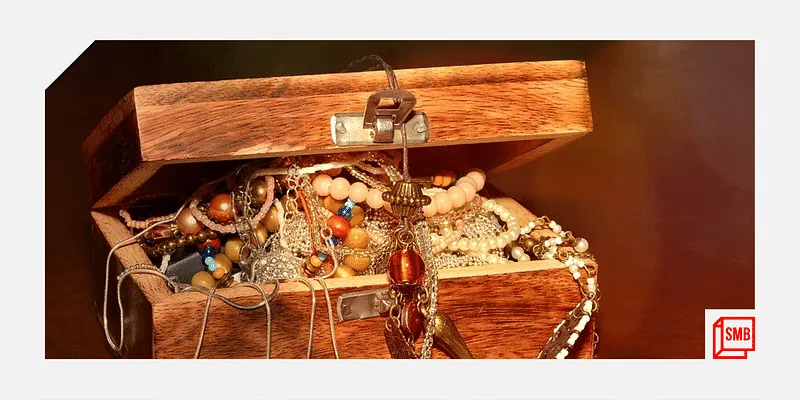Why 2023 looks bright for the jewellery industry in India
Young cosmopolitan consumers are starting to lean towards jewellery that is design-led and high on style. This shift is a direct consequence of social media browsing.
The year 2022 has been a phenomenal one for the jewellery industry. Overcoming the brief slump of the COVID-19 disruption, the 2022 Diwali season saw a 30% surge in the sale of gold. This drastic recovery is only set to improve in 2023, with retailers aiming to expand their offerings and consumer demographics and behaviour favouring the industry's shine.
Scrolls are gold
COVID-19 dramatically altered the time spent online. In a study conducted online by The Harris Poll, eight in 10 (82%) people said that the time spent on screens increased significantly during the pandemic. While social media use has increased, the sudden explosion of screen time has also led to incessant browsing.
Infinite scrolling and a steadily improving ecommerce experience have been a boon for online shopping. Readily available products, trends, comparisons, and information at the shopper's fingertips translate to more informed decision-making, improving confidence in purchasing high-ticket price items like fine jewellery virtually.
Goodbye lockers, hello wardrobes
Previous generations treated jewellery as an investment to be stored in a locker for a few key occasions. In contrast, young cosmopolitan consumers are starting to lean towards jewellery for the wardrobe, ones that are design-led and high on style. This shift is a direct consequence of year-round browsing leading to jewellery becoming a marker of individuality and style.
Occasions, too, have evolved away from family events and weddings to everyday events like the workplace, coffee dates, and girls’ nights. This fresh wave of occasions demands creations with a sense of modern wearability, making traditional jewellery inadequate.

How digital advertising is helping the Indian beauty industry to grow
A new-age jeweller
Young consumers, specifically couples living away from home in a new city, often look for a new jewellery retailer to trust. Gone are the days they could zip to their standalone family jeweller. No longer are they at the mercy of the store attendant's recommendations nor do they have to tolerate the stiff, formal environments that make a personal decision uncomfortable.
Instinctively, they lend their trust to national retailers who can retain their confidence with certifications, consistent policies, and their brand name. Some tech-led jewellery brands also give buyers an endless aisle of unique designs with their proprietary websites and apps, in-house designers, and just-in-time manufacturing—something that proves unsustainable for standalone jewellers.
Consequently, with national retailers, consumers are at the receiving end of the freedom of choice and the freedom from the pressure to purchase immediately. The shift from limited, local options to global omnichannel brands is a no-brainer, provoking consumers who value choice to pick the latter.
Innovative channel-mix
The rise of omnichannel jewellery retail allows consumers to browse, compare, and select across various channels like online, in-store and even from the comfort of their couch with services like Try at Home. So far, we've seen consumers invite brands home but going forward, there will be a notable rise in them physically bringing a brand experience home.
Try at Home also solves cumbersome issues like long wait lines, unavailable products, and a lack of personalisation. At-home services have seen a healthy demand in the personal and home care sectors. The comfort from those categories is bound to rub off on higher involvement categories like jewellery.
Going into 2023, post-COVID-19 recovery, consumer behaviour, and a new channel organically create favourable market conditions for the jewellery industry.
Edited by Kanishk Singh
(Disclaimer: The views and opinions expressed in this article are those of the author and do not necessarily reflect the views of YourStory.)







